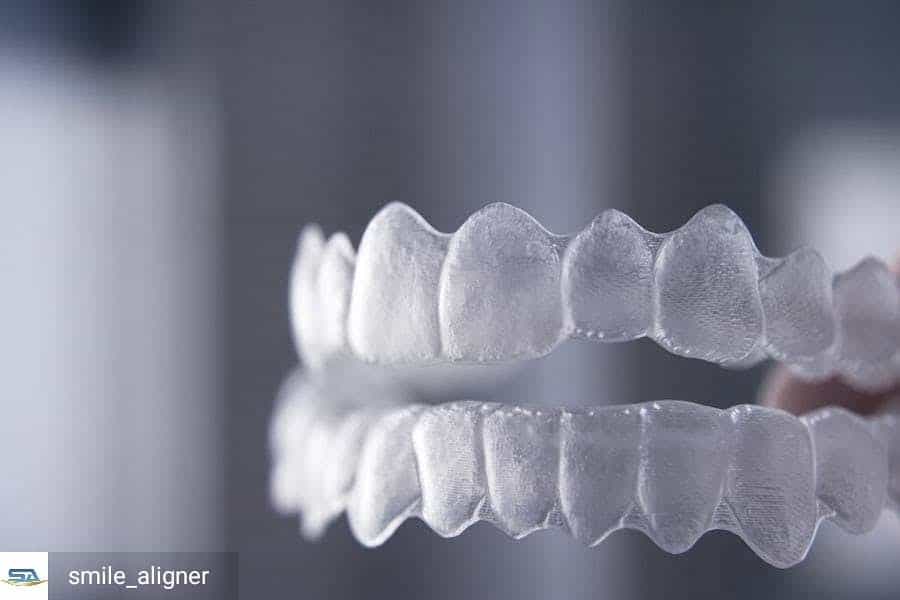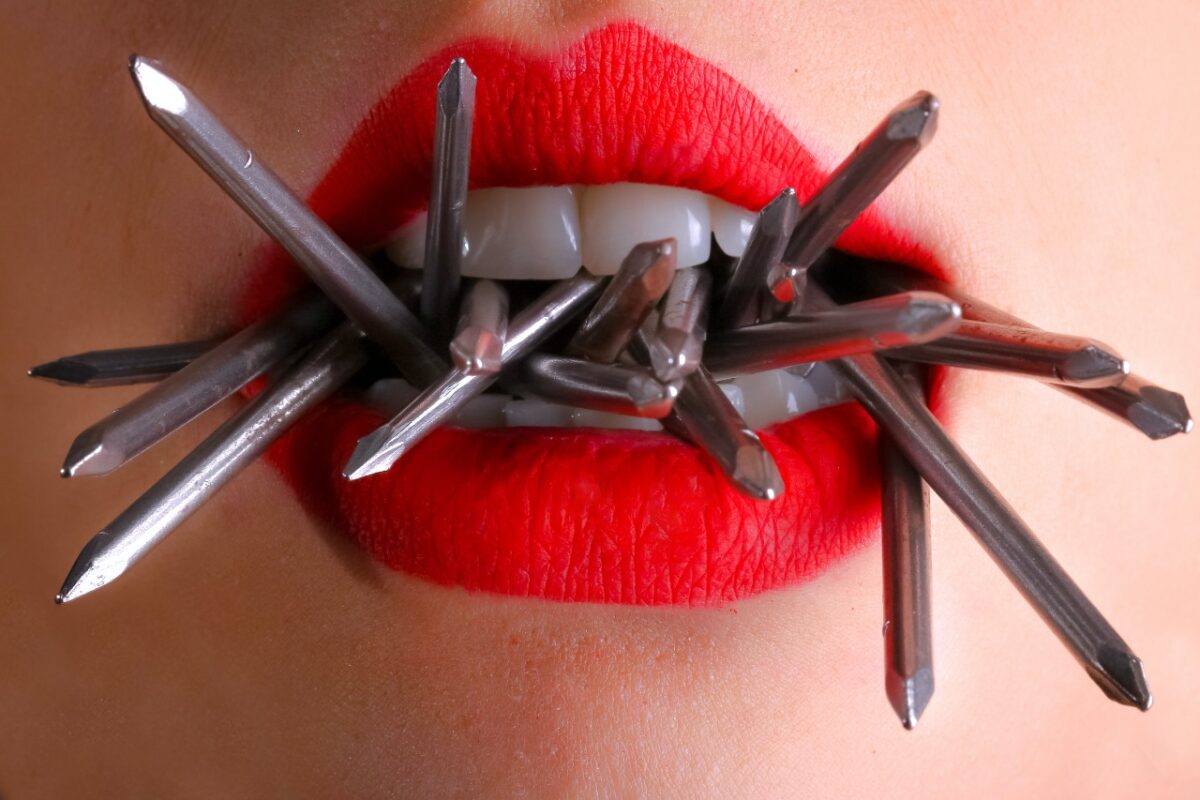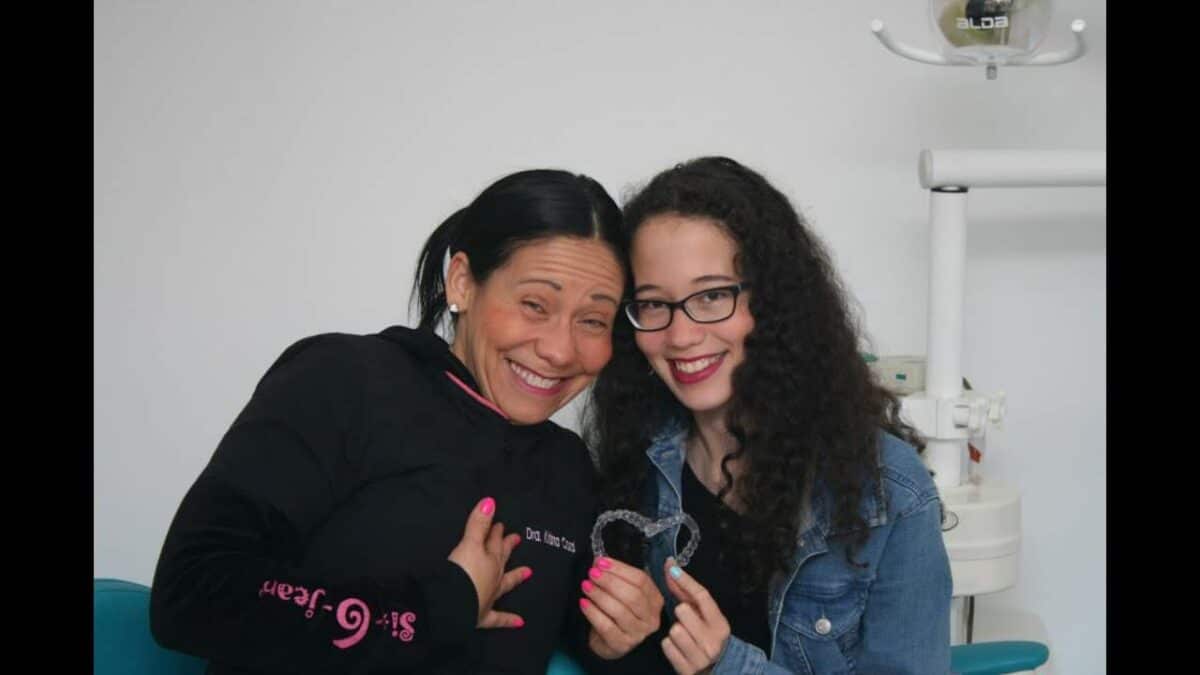If you have worn braces or have had any type of orthodontic treatment, it is very likely that you have heard of dental retainers.
These small appliances are key to keeping your teeth in the proper position after you have completed orthodontic treatment.
In this complete guide of dental retainers, you will find everything you need to know about them. Throughout this article, we will explore the importance of wearing them, the different types of retainers available, how to properly care for them, and answer some frequently asked questions you may have.
In addition, we will provide you with practical advice to keep your retainers clean and in good condition, as well as the warning symptoms that you should take into account.
It doesn’t matter if you just removed your braces or if you haven’t worn your teeth retainers for a while, this guide will give you all the essential information you need to maintain your perfect smile. Let’s start discovering everything about dental retainers!
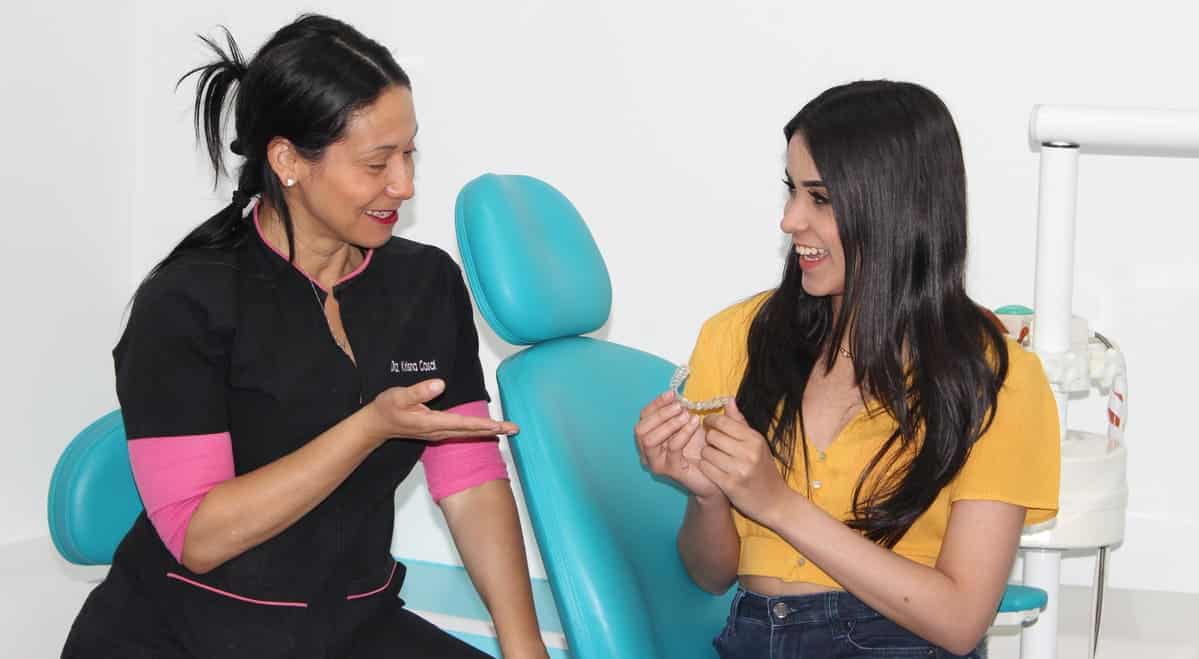
Table of Content
What are Dental Retainers?
A dental retainer is a device that is intended to maintain the current location of the teeth.
It is used after all orthodontic treatment to prevent the teeth from losing the alignment achieved by orthodontics.
Types of Dental Retainers
There are several types of retainers depending on the technology they use.
Removable Dental Retainers
This type of retainer can be removed from the mouth and can be of two types:
- Hawley arches: acrylic apparatus with metal arch, hardly used anymore
- Invisible aesthetic retainers: Retainer made of transparent acetate and generated by suction.
- Advantages of aesthetic removable retainers
- Practicality: can be taken out of the mouth at any time
- Aesthetic: they are transparent and therefore practically invisible
- Disadvantages of aesthetic removable retainers
- Fragility: being made of acetate, they are susceptible to breaking
Fixed Retainers
They are metal arches that are fixed to the back of the teeth, and as their name indicates, they cannot be removed from the mouth since they are adhered with dental resin.
- Advantages of fixed retainers:
- Durability: being metallic, it is very difficult to break.
- Effectiveness: since it is in the mouth 100% of the time, they tend to maintain better dental alignment
- Disadvantages of fixed retainers
- Difficult hygiene: it is more complicated to keep them clean, which requires more frequent teeth cleanings to avoid the appearance of dental cavities
What type of retainer to use?
According to studies, there is no statistically or clinically significant difference over a 12-month period between Hawley retainers and vacuum-formed retainers when worn full-time 1 2.
Therefore, other factors must be considered to determine the best type of dental retainer for each patient, for example
- Discipline in use: in the case of removable retainers, it is necessary to evaluate the patient’s discipline to determine if they will really wear the dental retainers throughout the day.
- Discipline in dental hygiene: in the case of fixed retainers, it is necessary to evaluate dental hygiene habits since these types of retainers tend to accumulate a greater amount of dental plaque in their surroundings.
We at Asiri Dental Center in Quito, Ecuador, based on effectiveness and aesthetics, normally recommend using removable transparent retainers on the upper teeth and fixed ones on the lower teeth.
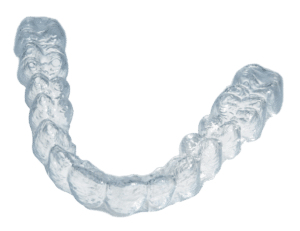
Why are dental retainers important?
In orthodontics there is an effect called relapse or recurrence. Relapse means that teeth that no longer have orthodontics to maintain their position tend to return to their original position.
The cause of this relapse is due to the forces derived from the tissues around the teeth, the forces of occlusion and facial growth 3 .
For this reason, once the orthodontic treatment is completed and the braces or Invisalign-type dental aligners are removed, it is necessary to place retainers that keep the teeth in the optimal position achieved.
If you don’t use them, your teeth will move and you will lose everything you achieved with orthodontics.
How long should you wear dental retainers?
Retainers should be worn for life under the following scheme:
- Use 100% of the time during the first year
- Use only at night from the first year
How to care for dental retainers
Ideally, you should clean removable retainers at the same time you do your routine tooth brushing.
To do this, you must have a toothbrush exclusively for your retainers and brush them with neutral liquid soap.
Don’t use toothpaste on your retainers because you will scratch them.
It is also important, in the case of invisible aesthetic retainers, that you pay attention to their physical condition (transparency, breaks, hardness, etc.) mainly after a year of use. If you notice any details, you can contact your dentist for a review or renewal.
In the case of fixed retainers, you must be very rigorous with dental hygiene and with your regular professional teeth cleaning
Keys to successful retention
According to Sheridan JJ. in his article The three keys of retention 4, The three most important aspects to achieve successful dental retention after orthodontic treatment are:
- Responsibility: the correct use of retainers is the complete responsibility of the patient
- Duration: The retention duration is lifetime.
- Duplication: Having backup retainers helps maintain treatment in case of emergency (breakage or loss). At Asiri we give you a special price for your replacement retainer
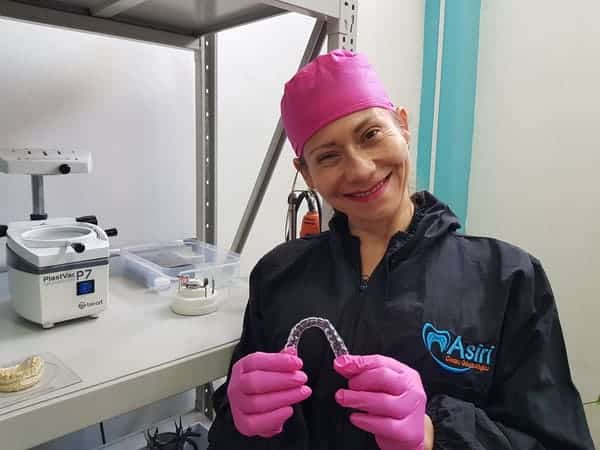
Alternatives to dental retainers
If you are undergoing any orthodontic treatment, there are really no alternatives to wearing dental retainers.
It is a condition that cannot be avoided unless you want to lose the dental alignment obtained.
Conclusion
The keys to maintaining all orthodontic treatment is the correct use of the dental retainer.
This correct use is proposed in terms of discipline in its lifelong use and in having spare or backup retainers in case of emergency.
More important than the type of dental retainer is to consider aspects that allow its use to be prolonged and safe.
References
- Ledvinka, J. No difference in effectiveness of Hawley and vacuum-formed retainers at 12 months. Evid Based Dent 13, 24 (2012). https://doi.org/10.1038/sj.ebd.6400846 ↩︎
- Kaya Y, Tunca M, Keskin S. Comparison of Two Retention Appliances with Respect to Clinical Effectiveness. Turk J Orthod. 2019 Jun;32(2):72-78. https://doi.org/ 10.5152/TurkJOrthod.2019.18045. Epub 2019 Jun 1. PMID: 31294409; PMCID: PMC6605886./ ↩︎
- Colin Melrose, Declan T. Millett, Toward a perspective on orthodontic retention?, American Journal of Orthodontics and Dentofacial Orthopedics, Volume 113, Issue 5, 1998, Pages 507-514, ISSN 0889-5406, https://doi.org/10.1016/S0889-5406(98)70261-6 ↩︎
- Sheridan JJ. The three keys of retention. J Clin Orthod. 1991;25:717-8. available at: https://www.jco-online.com/archive/1991/12/717-the-editors-corner-the-three-keys-of-retention/ ↩︎

